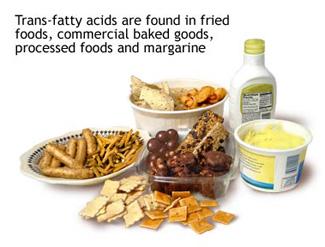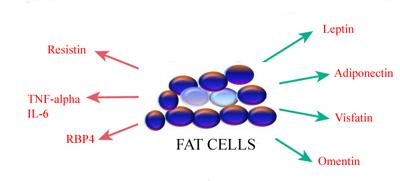Maggie | Thu December 18, 2008
How does the “doubly labeled water technique” work?

December 16 2008
The list is from a one- day symposium held at Wageningen University, Netherlands . The participants included 128 Dutch scientists working in nutrition or related biomedical and public health fields. They came up with 17 nutrition discoveries which they felt have enormously impacted our lives.
I am just including just the top 5 discoveries from the list.
This discovery vanished all the lingering misconceptions of how having a well balanced diet provides enough of all nutrients.
Folic acid is a B vitamin. If a woman do not have enough folic acid BEFORE she is pregnant, the baby can have spine and brain defects (neural tube defects or NTDs). These birth defects can cause lifelong disability or death.
Women need to take folic acid every day starting before they are pregnant to help prevent NTDs.You can either have a multivitamin, folic acid pills, or bowl full of fortified cereals that has 100% of the daily value (DV) of folic acid per serving every day.
If you wait till you find out you are pregnant, it is too late. These birth defects often happens within the first few week of pregnancy, often before a women knows she is pregnant.
The effects of trans fatty acids is now known universally and deserves to be in the top five. Now there is a direct relationship between diets high in trans fat content and LDL (“bad”) cholesterol levels and, therefore, an increased risk of heart disease.

The Food & Drug Administration decreed that as of 2006, manufacturers must break the trans fats category out of the total fat listing on the labael. So now you don’t have to look for words like “shortening,” “partially hydrogenated vegetable oil” to check for trans fat in your food.
How the availability of nutrients, like fat, glucose, cholesterol, protein impact the activity and expression of genes is slowly unfolding. For example, Saturated and trans-unsaturated fatty acids raise and unsaturated fatty acids lower LDL cholesterol via gene transcription.
Molecular biology has come a long way to pin point specific transcription factors and genes which can affect metabolism and certain diseases.
Doubly labeled water technique is now used for accurately estimating energy/calorie expenditure and intake. This technique showed that traditional dietary history and questionnaire methods severly underestimated energy intake.
The paradox that the more obese a person is, the less they appeared to eat had puzzled scientists, but it now with the advent of doubly labeled water technique it is ever so clear that obese people are obese because they eat more.
I hope Gary Taubes- the author of Good Calories, Bad Calories -will stumble upon this technique one day. His main argument in the book is in the 1960’s studies showed how people were obese, ate less. Really?
Fat is no longer considered a passive, unwanted piece of blubber. Now we know that leptin, the most important hormone, which regulates appetite and body fat levels is secreted from your fat cells.

Leptin is proportional to your body fat and low levels of leptin signals hunger to your brain. High Leptin levels are usually found in in obese people, suggesting that they are insensitive to leptin, rather than having low levels of leptin.
Leptin was followed by tumor-necrosis factor-a, adiponectin, resistin, and other hormones that were found to be secreted from fat tissue as shown in the pic.
The discovery of these hormones and how fat tissue act as an endocrine gland has given us important insights into understanding obesity, diabetes, atherosclerosis and other diseases.
Anoop | Thu December 18, 2008
Hi Maggie
I am not really sure about the mechanisms. But it calculates energy intake by calculating the energy expenditure. It uses certain isotopes to meausre the CO2 elimination like in a indirect caloriemeter.
The problem with indirect calorimeter is that the person has to be in a chamber or wears a mask which makes it nearly impossible to get the energy expenditure of habitual activity. With doubly labellled water, they give the istopes, the person goes around doing his shit for a couple of weeks, comes back and gives his urine sample, and its done.
Doubly labelled technique has shown the questionnaies used to calculate dietary intake to be sometimes wrong by as much as 50%. Or in other words, never believe what your client tells about how much he or she eats. Overweight people usually tend to underestimate their calorie intake.
Good question again.
Hope it helps
© 2008 - 2025 | Exercise Biology. All rights reserved.